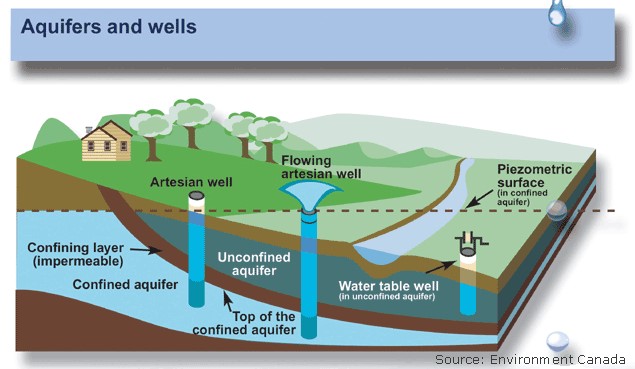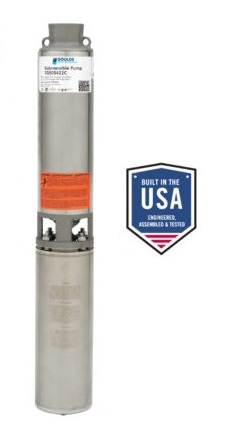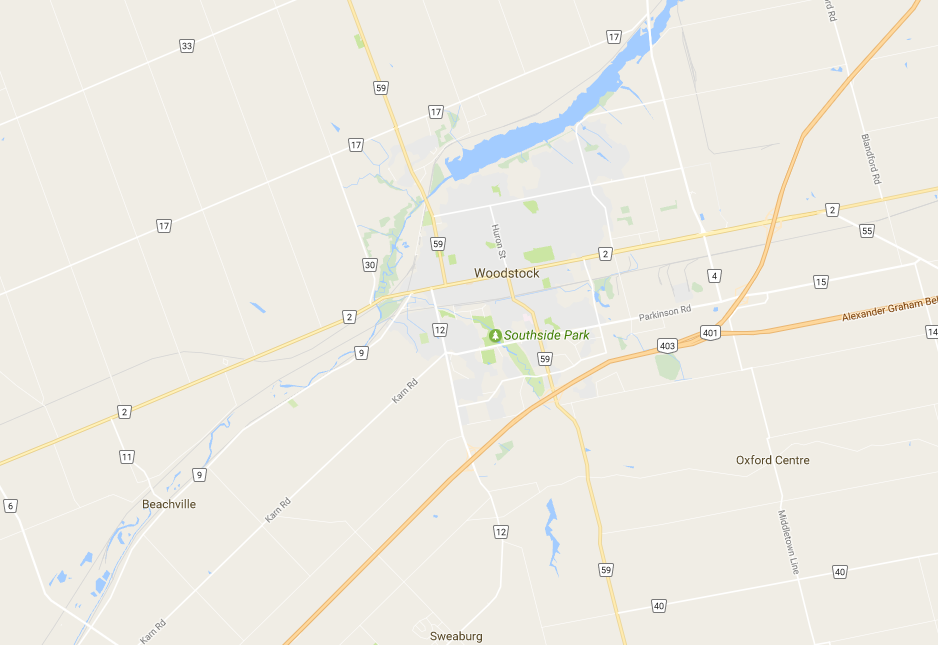 Water Wells and Pumps
Water Wells and Pumps
| Dug Wells | Sand Point Wells | ||
|
Hacking at the ground with a pick and shovel is one way to dig a well. If the ground is soft and the water table is shallow, then dug wells can work.
Historically, dug wells were excavated by hand shovel to below the water table until incoming water exceeded the digger's bailing rate. The well
was lined with stones, brick, tile, or other material to prevent collapse, and was covered with a cap of wood, stone, or concrete. They cannot be
dug much deeper than the water table - just as you cannot dig a hole very deep when you are at the beach... it keeps filling up with water!
|
|
||
| Drilled Wells | |||
|
Most modern wells are drilled, which requires a fairly complicated and expensive drill rig. Drill rigs are often mounted on
large semi-trucks and accompanied with a water-supply truck. They use rotary drill bits that chew away at the rock, percussion
bits that smash the rock, or, if the ground is soft, large auger bits. Drilled wells can be drilled more than 1,000 feet deep.
Often a pump is placed at the bottom to push water up to the surface.
|
|||
| Water Levels in Wells | |||
 |
|||
|
Ground-water users would find life easier if the water level in the aquifer that supplied their well always stayed the same.
Seasonal variations in rainfall and the occasional drought affect the "height" of the underground water level.
If a well is pumped at a faster rate than the aquifer around it is recharged by precipitation or other underground flow,
then water levels around the well can be lowered. The water level in a well can also be lowered if other wells near it are withdrawing too much water.
|
|||
| How to Find Your Own Well | |||
|
Map: Well Records | Ontario.ca |
|||
|
|
|||








 Water Wells
Water Wells Pumps & Pressure Tanks
Pumps & Pressure Tanks Water Treatment
Water Treatment



